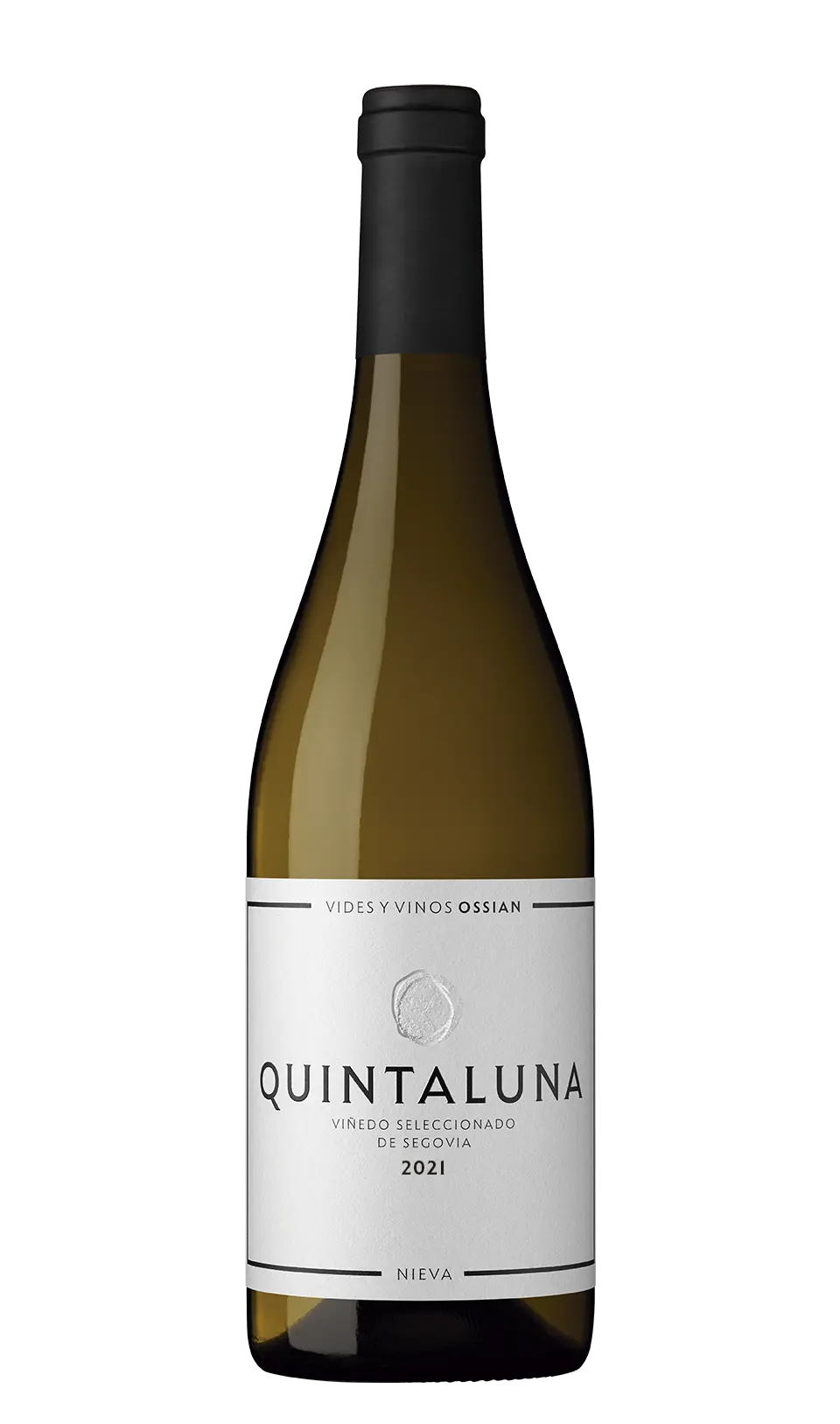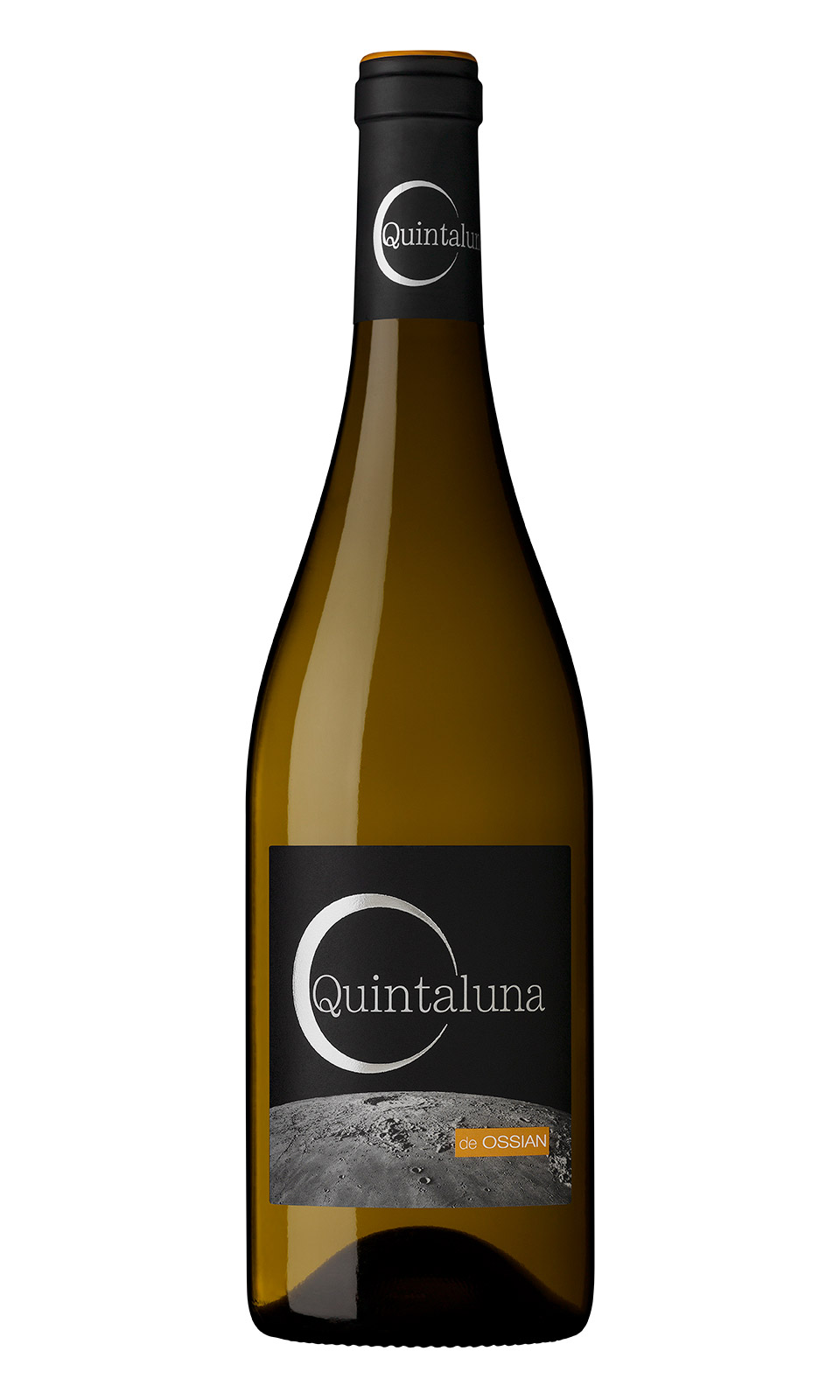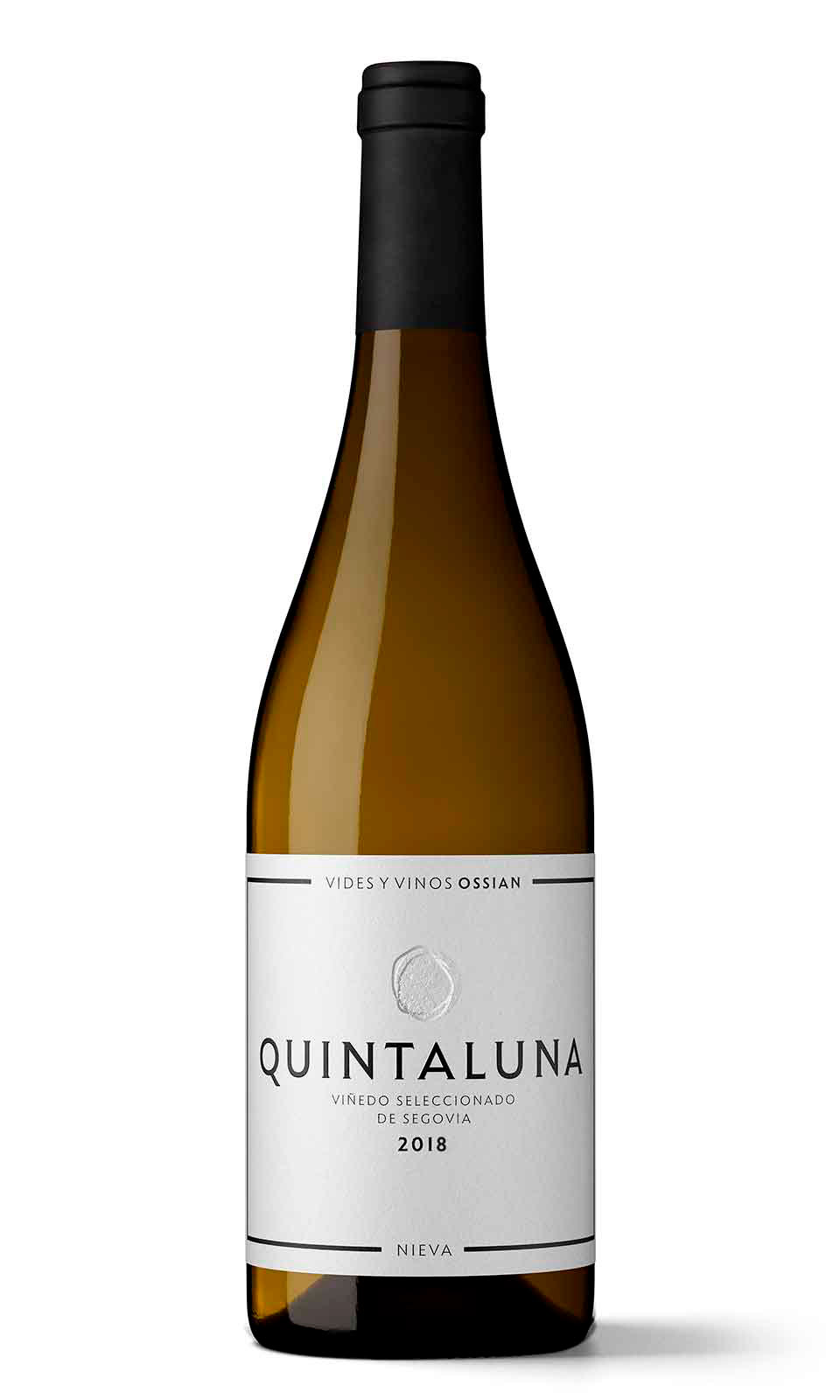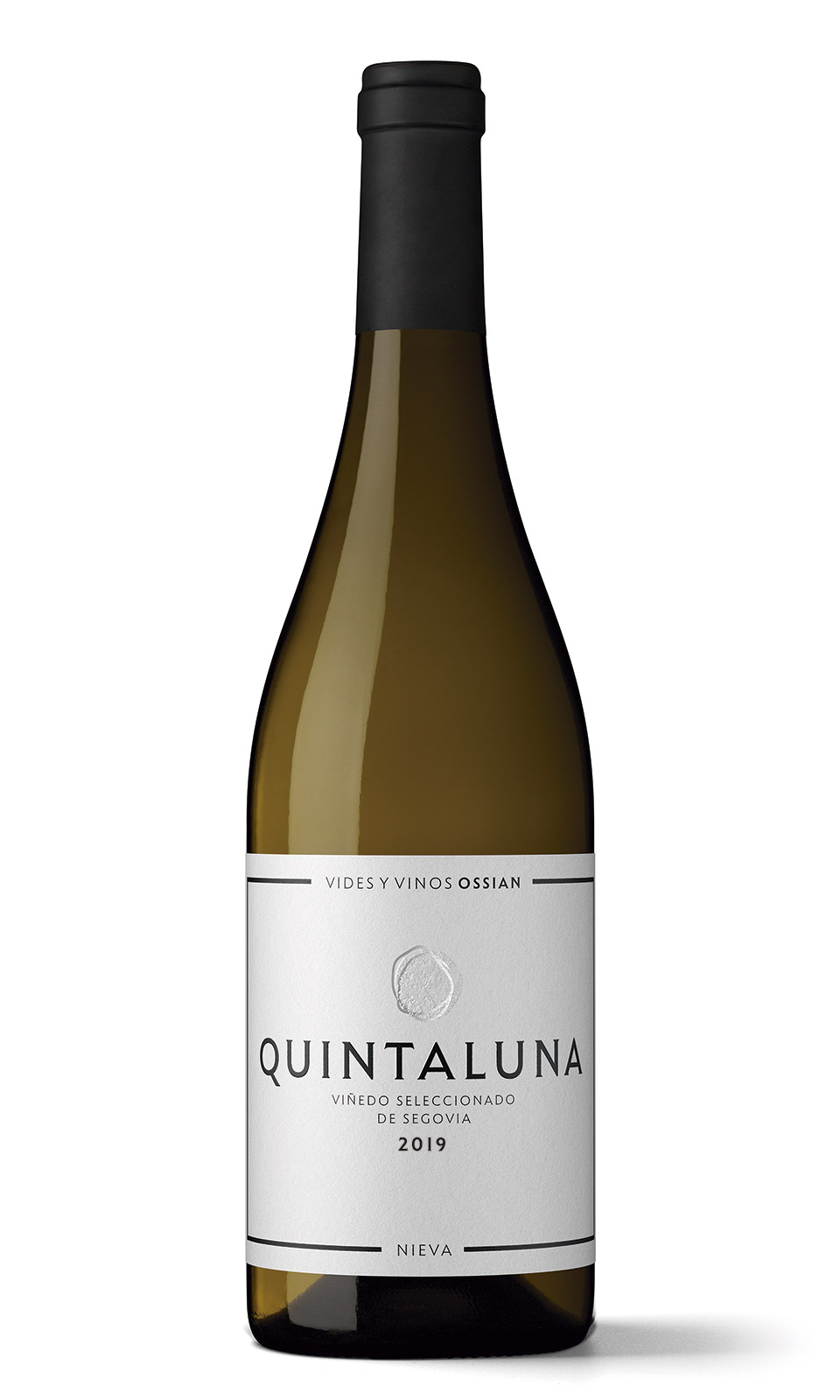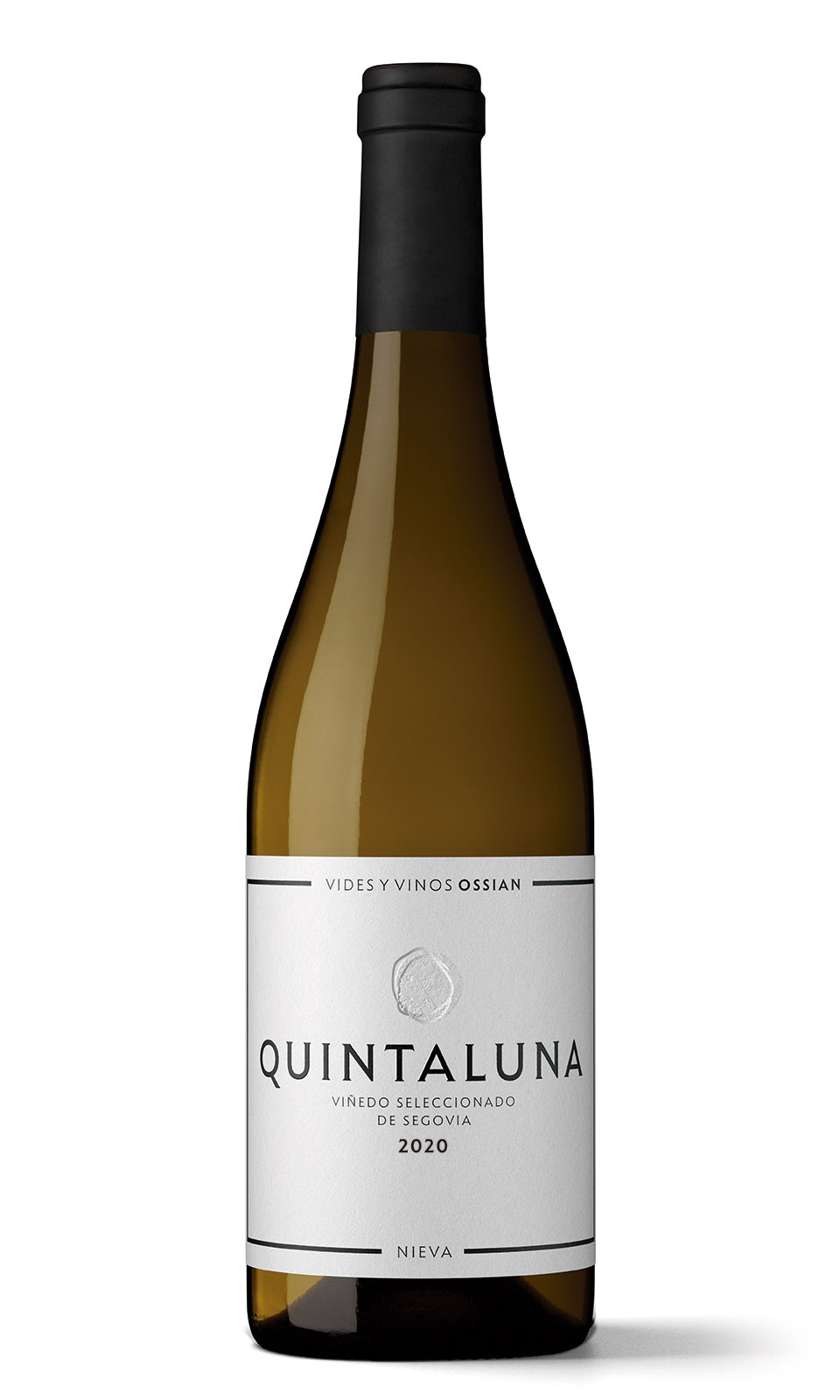Quintaluna 2017
Quintaluna 2017 expresses the freshness and genuine character of the Verdejo variety. With low yields we aim to increase the concentration and varietal typicity. In its careful elaboration, the wine has been kept for nine months in storage with its lees together with some elaborations in foudre and barrels. A wine representative of a region. The maximum expression of Segovian Verdejo Sand, codons and fluvial terraces. Selected vineyard of Segovia. Altitude and continental climate. Smooth minerality, vibrant finesse. That is Quintaluna 2017.
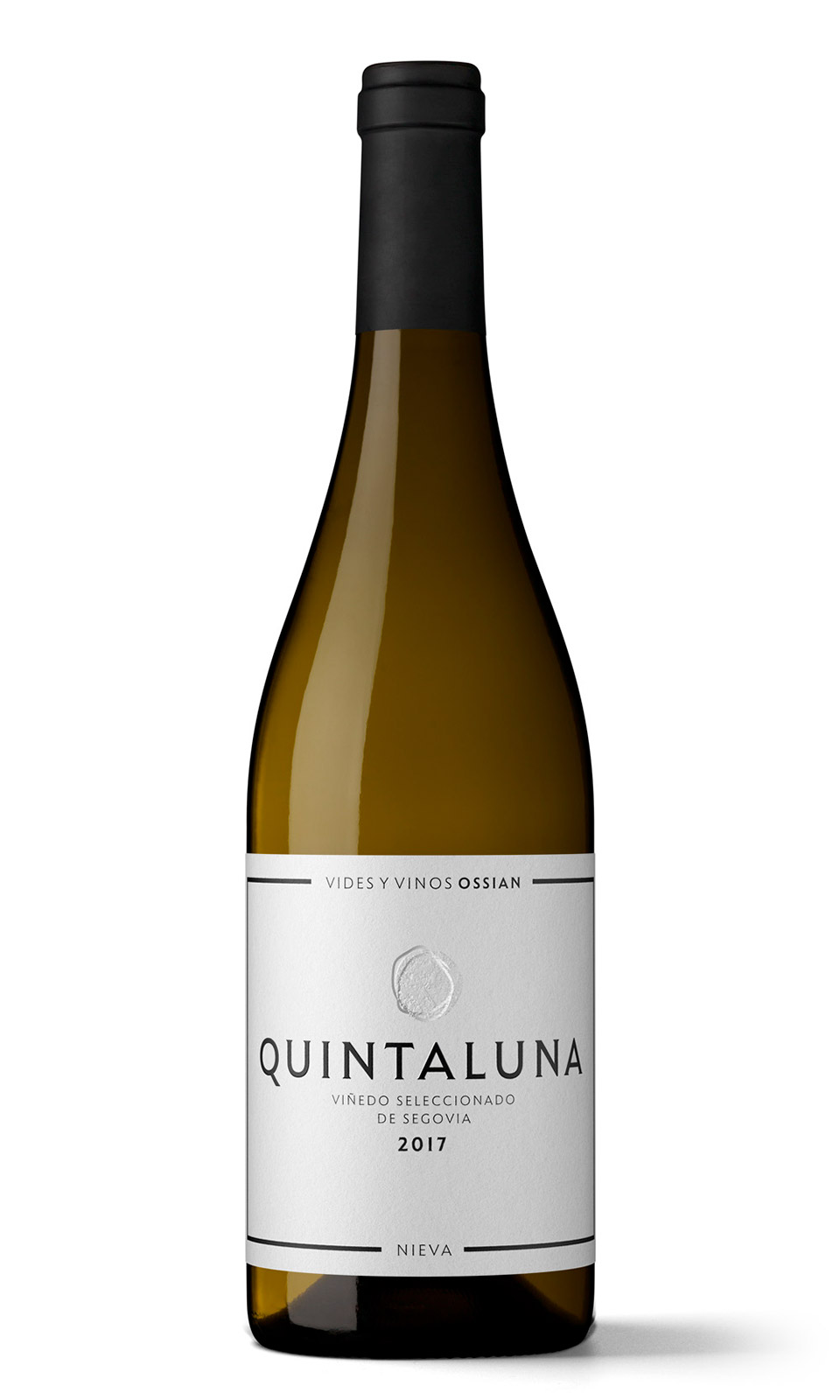
Quintaluna
Authentic Segovian Verdejo

